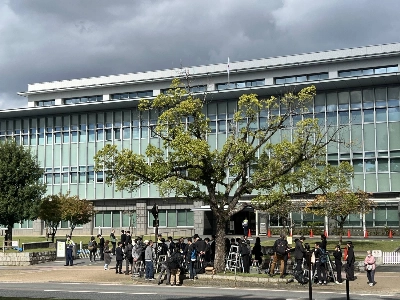The connection between science and technology, on the one hand, and our daily life, on the other, is growing closer and increasingly wide-ranging. To see that relationship, we have only to think of the example of advanced medicine, in which information and images obtained via cell phones or the Internet are used for diagnosis. Yet it is reported that ordinary people are becoming less interested in science and technology year by year. This phenomenon is not limited to Japan; it seems to have become a common trend in developed countries in the first years of the 21st century, according to reports.
Enormous research expenses will accrue if science and technology are to tackle such issues as the response to global warming and economic revitalization through the creation of new industries. Winning public understanding and support is essential to financing such projects. Yet scientific research, as well as science and technology policy, could become alienated from the public unless both are seen as contributing to the realization of a safe and secure living environment.
Such thinking has encouraged the Council for Science and Technology Policy to decide on a new priority-based policy for allocating the fiscal 2005 science and technology budget. Together with basic research, creation of industries, and reforms of the science and technology system, it places priority on promoting scientific and technological activities directed toward a safe and secure daily life.

















With your current subscription plan you can comment on stories. However, before writing your first comment, please create a display name in the Profile section of your subscriber account page.